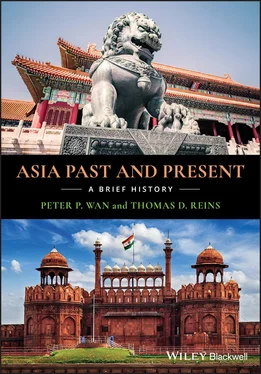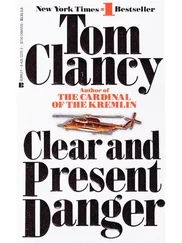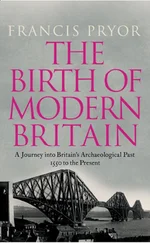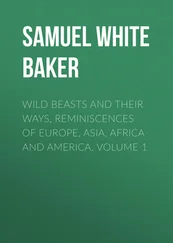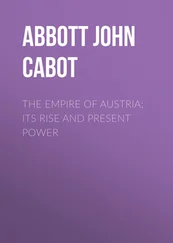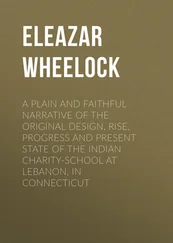The novel’s central character, Genji, is a handsome imperial officer, and the plot follows him on his many romantic ventures. A love child of his later becomes emperor, and appoints him to high office. But when his beloved lady companion, also named Murasaki, dies, he contemplates the fleeting and illusory nature of life.
While the novel centers on Genji’s life, it also reaches out to paint a broad canvas of the society surrounding him, which makes the novel a rich tapestry of the times.
The royal family relocated to Heian (modern Kyoto) after residing in Nara for less than a hundred years. The move coincided with the decline and fall of China’s Tang Dynasty, and Japan stopped sending missions to China to learn Chinese ways. Japan had arrived at a turning point: It would end its wholesale borrowing from China, and launch out on its own. But the preceding period of cultural borrowing would prove invaluable to its future development.
The aristocratic Fujiwara family ruled Japan during the Heian period. They gained control over the throne without any violent and abrupt coup d’état, but by marrying their daughters to the emperors generation after generation. This often made a Fujiwara the grandfather and regent of a very young emperor. Thus, the Fujiwara aristocrats would rule, while the emperor would continue to reign, but his time and energy would all be consumed by purely ceremonial functions. To escape manipulation by the Fujiwara family, he might abdicate the throne to his son, take Buddhist vows, and try to influence events from behind the scenes. This system was called “cloistered politics.” By the eleventh century, the emperor had joined other aristocratic families as a contender for wealth and power. Layer piled upon layer, Japan’s political structure had become just as convoluted as its land and tax systems.
The “Age of the Shogun” (Twelfth–Sixteenth Centuries)
The Heian government had become dysfunctional by the twelfth century as the great aristocratic families and local lords fought fiercely for power. Minamoto Yoritomo emerged victoriously out of the ensuing civil wars. He was recognized as the overlord of all samurai because of his military prowess, and the emperor bestowed on him the title of shogun , meaning “barbarian‐subduing‐generalissimo” or “general‐in‐chief.” He set up a bakufu (literally a “tent government,” i.e., military government) at Kamakura, and from there he ruled the entire country. He ruled over a semicentralized feudal society: He had the power to confirm the hereditary land rights of a daimyo , “great name” or great lord. The daimyo enjoyed autonomy within his own domains or han , but swore his loyalty to the shogun, and paid taxes and provided military service to him. Nominally, the emperor had granted the shogun his title, and appointed him to rule as the emperor’s deputy. In fact, the emperor had been reduced to a figurehead, conducting endless ceremonial functions in Heian, away from the power center at Kamakura. Thus began the “Age of the Shogun.”
The emperor reigned, the shogun ruled, and the local lords enjoyed autonomy in their own domains. This basic government structure would dominate Japan, with some exceptions, until the Meiji Restoration in the mid‐nineteenth century. It was an extremely intricate system that the Joei law code of 1232 attempted to clarify and explain. But the Hojo Regency during the late thirteenth and much of the fourteenth centuries complicated political relationships across Japan. Just as the Fujiwara family co‐opted imperial power during the Heian period, so too a power behind the shogun soon emerged. The Minamoto Shogun’s family soon lost power to the Hojo family, who became the real power during the Minamoto Shogunate. Hojo daughters married into the Minamoto family and pushed the shogun’s family aside to join the emperor as a figurehead. Another layer of complexity was added to the already bewilderingly complex power structure.
The tradition of aristocratic cultural refinement of the Heian era was preserved in the Kamakura era of shoguns. The samurai class adopted the Zen sect of Buddhism with its emphasis on restraint and austerity, and the samurai’s Zen culture would replace the aristocratic culture of refinement over time. Japanese Zen gardens and minimalist ink paintings are good expressions of the Zen aesthetic.
Kublai Khan, the Mongol conqueror of China and Korea, made two attempts in the 1270s and 1280s to invade Japan from Korea. He managed to land some Mongol troops on Japanese soil at one point, but they were beaten back by the Japanese samurai, and the typhoons sank all his ships and drowned all his men. Many Japanese believed that “divine intervention” had taken place—that the gods had sent the kamikaze or “divine wind” to destroy their enemy and save Japan.
The Hojo‐dominated Shogunate had stopped the Mongol invasions, but it was a hollow victory for him because the long period of preparedness against the attacks was costly, and the victory offered no war booty and no land with which he could reward his samurai for their services. Samurai discontent spread, and the Hojo family lost control. Chaotic fighting broke out among the shogun’s family, the imperial family, the local lords, and bands of samurai.
Ashikaga Takauji (1305–1358) came out on top and founded the Ashikaga bakufu . But the reach of his government was limited, for the local lords and bands of samurai had retained their control at the local level, and engaged one another in endless warfare. This was the chaotic and violent Warring States or Sengoku period (1467–1600). It was a time of unending military conflict, chronic social disorder, and dark political intrigue. For a century and a half, the Japanese landscape would be a battlefield dominated by the elite class of armor‐wearing, sword‐wielding, and arrow‐shooting samurai warriors galloping on horseback.
A “Foot Soldier Revolution” that began in the fourteenth century soon changed the face of warfare. First, the heavy spear was introduced into combat. It could penetrate the armor of a charging samurai on horseback. Second, local lords began recruiting massive numbers of peasants, and training them quickly and easily into spear‐bearing foot soldiers. After the Europeans introduced firearms to Japan in the sixteenth century, these peasant foot soldiers were further armed with muskets. The massive formations of spear‐ and musket‐bearing foot soldiers became the bulk of a fighting force that could effectively contend with any band of samurai warriors. Warfare reached new heights in scale and brutality. The samurai kept losing ground until they reached the verge of extinction as a class of elite warriors; they would, however, survive as a class with a fundamentally different function.
Earlier, local lords had built moderately fortified castles that were sufficient to fend off attacks by mounted samurai with bows and arrows. But these castles would burn and collapse under attack by firearms. Rising to the challenge, local lords built larger and stronger castles to fend off attack by muskets and cannon. They also turned these new castles into the seat of their governments, from which they would gather their troops and administer their domains. These expanded castles soon grew into “castle towns” by attracting ordinary people and merchants.
A strong local lord would go to war with the vision of bringing all of Japan under his control. The successful unifier was Overlord Oda Nobunaga (1534–1584). He conquered the country with his massive peasant armies bearing spears and muskets. He then built strong castles at strategic locations to serve as military and administrative centers. He standardized currency, eliminated customs barriers, and opened up Nagasaki to foreign trade. When he was murdered, his general and successor Toyotomi Hideyoshi (1536–1598) continued the drive for unification. Hideyoshi undertook a national survey to compile registries of land, population, and towns and villages. It was of profound significance, for information in the registries became the basis for measures to collect land taxes, impose drafts, and tie peasants to the land. His creation of a powerful and centralized state would serve as a solid foundation for the great period of peace and prosperity and dramatic social change under the Tokugawa.
Читать дальше
